My husband and I recently took a trip to Hawaii. Instead of luxuriating on those beautiful tropical beaches, my wonderful (nerdy) husband—instead—bought buckets of varying sizes, shovels, knives, even WD-40 to build stroll-stopping sandcastles in the sand. As he was adding the final touches to his latest masterpiece, which we both thought was a safe distance from the tide, a massive wave came in and washed it all away. You should’ve seen his face drop. That’s what it feels like when a new learning measurement initiative is launched with excitement, only to vanish before it can make a lasting impact.
Measurement isn’t just about capturing data; it’s about building a resilient foundation that won’t wash away when the tide turns.
In a recent ELB Learning webinar, Peggy Parskey, president of Parskey Consulting and co-author of Learning Analytics: Using Talent Data to Improve Business Outcomes, shared a roadmap for creating a sustainable culture of measurement in L&D. Whether your team is just getting started or knee-deep in dashboards, the insights shared are practical, actionable, and surprisingly energizing.
We can’t afford to keep spending billions on training without knowing whether or not it works. Global training spend is projected to hit $403 billion in 2025, yet research shows that 30 to 55% of learning is never applied on the job. That’s not just a loss; it’s a waste. Organizations must measure learning outcomes to validate their investment and optimize performance, not merely check a box.
Why do so many measurement initiatives fall flat? Often, it’s not the tools or the tactics, it’s the culture. Common warning signs of impending failure include sponsors who vanish once the program launches, measurement that’s treated as an afterthought, and dashboards that gather dust instead of being used to guide decisions. Other red flags include over-reliance on tech without human strategy, inconsistent standards across teams, and data that’s collected but never used.
To move beyond the beginning stage, organizations must design measurement with sustainability in mind.
That starts with shifting L&D from an initiative to a core part of business operations. This isn’t just about adding a platform; it’s about embedding measurement into the DNA of how learning gets delivered, reinforced, and improved.
A maturity curve can help you assess where you currently stand. At the lowest level, efforts are fragmented and inconsistent. As you move up the spectrum, foundational processes begin to take shape, followed by coordinated efforts, embedded systems, and ultimately, adaptive frameworks that evolve with strategic goals. The challenge? Most organizations plateau too early, not due to lack of desire—but rather to a lack of support, structure, or sustained leadership.
Measurement endurance hinges on five essential levers:
| 1. | Strategic alignment. It’s not enough to map training to business needs. You need alignment on goals, priorities, and what success looks like. Measurement becomes the vehicle for strategic decision-making, not just L&D reporting. | |
| 2. | Capability enablement. Training practitioners need basic fluency in logic modeling, data interpretation, and measurement frameworks. It’s not about turning everyone into data scientists. You just want to give them the tools and confidence to use data meaningfully. | |
| 3. | Scale and efficiency. Technology is vital, but it must be matched with standard processes and easy-to-use tools. Scaling learning measurement is about making it simple enough to be repeated, yet robust enough to yield insights. | |
| 4. | Data-informed culture. Measurement isn’t complete until insights lead to action. Leaders must use data visibly, model that behavior, and build accountability into how programs are evaluated and improved. | |
| 5. | Leadership behavior. The biggest success factor isn’t a new metric or platform—it’s leadership. When leaders champion measurement, fund it, model it, and hold others accountable to it, momentum builds and sustains over time. |
Most importantly, organizations should start small. Begin with one business unit. Test and refine. Celebrate early wins. Avoid the urge to overcomplicate and scale too quickly. Sustainable measurement is about simplicity, strategy, and steady progress—not perfection.
If you’re ready to turn your measurement strategy into a lasting engine for improvement, our custom learning solutions—which include strategic consulting, platform integration, and implementation support—are built to drive measurable results. We partner with organizations to not only design impactful learning experiences but also ensure they deliver long-term value.
Watch the full webinar below to explore the practical framework, complete with examples, questions, and answers.
Click here to learn more about our strategic consulting services for sustainable measurement.
_______________
Disclaimer: The ideas, perspectives, and strategies shared in this article reflect the expertise of our featured speaker, Peggy Parskey. Be sure to follow her on LinkedIn to explore more of her insights.







